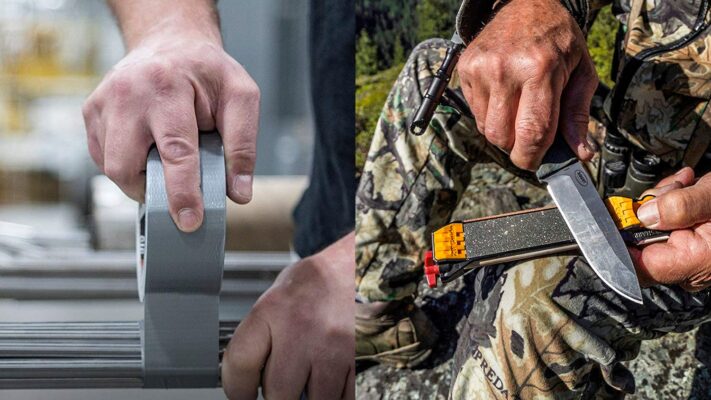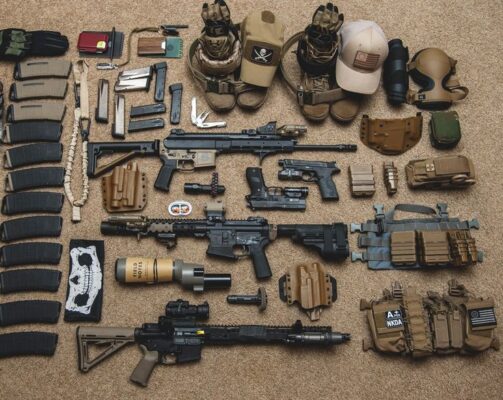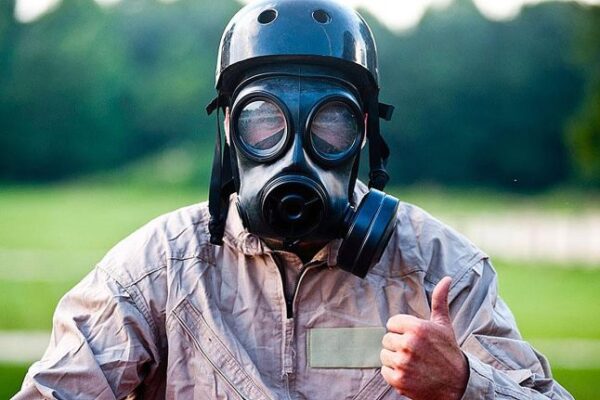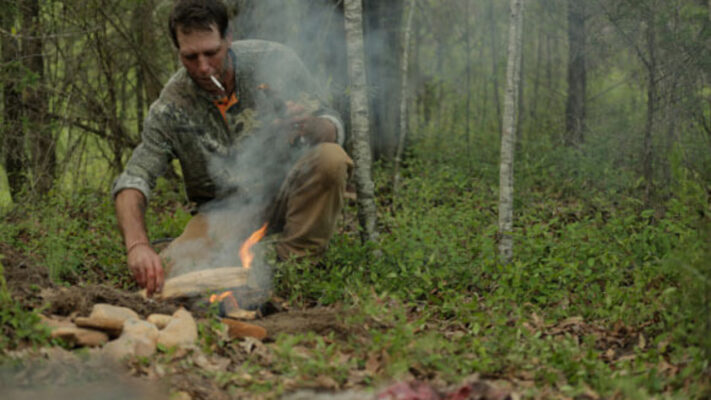Many people are fascinated with the possibility of the world ending one day. There are hundreds of stories describing this occurrence, and people have tried to analyze and decipher each of these. However, each of these tells a tale of its own.
Many believed that the world would end at the beginning of the new millennium. Others are convinced that a zombie apocalypse will occur. Today, when we face a pandemic, more people are interested in learning about preppers and survivalists, and here is everything you need to know.
1. Who are preppers?

First things first, let us explain what this term means. According to the Oxford definition, a prepper is “a person who believes a catastrophic disaster or emergency is likely to occur in the future and makes active preparations for it, typically by stockpiling food, ammunition, and other supplies.”
In a nutshell, these people are getting ready to face a disaster full-on, accumulating everything they need to survive it instead of waiting for it to happen and then looking for a way to overcome it. This last part sounds familiar, doesn’t it? A year ago, we were all stockpiling supplies, faced with an uncertain future.
2. The survivalist movement

Now we have to go back in time to understand how the present-day “preppers” were defined. The first person who used this modern-day term was Dan Stephens in his 1968 book, “Retreater’s Bibliography.”
In his work, he used the word retreaters to describe people who were getting ready for a monetary collapse, which would have a grave effect on the whole society. Stephens provided people with practical tips on how to live off the grid and use solar energy, but also how to adapt to a new life away from loved ones.
Stephens collaborated with Mel Tappan, who is also considered one of the founding fathers of the movement. He wrote columns for “Guns and Ammo,” and in 1977, he published a book called “Survival Guns.” As you can assume, Tappan was fascinated with guns and thought these were the essential tools one needed to survive.
On the other hand, Howard Ruff advised people to invest in silver and gold since he believed that a new era of the Great Depression was about to occur after the oil crisis in 1973. His first book, “Famine and Survival in America,” was published in 1974, and two others followed – “How to Prosper During the Coming Bad Years” and “Survive and Win in the Inflationary Eighties.”
Finally, there are Karl Saxon and Ragnar Benson. During the 1970s, Saxon used texts from the 19th and 20th centuries to educate people on living without contemporary technology.
In addition, he also claims that he is the first person who defined survivalists as people who are getting ready for the world’s collapse. When it comes to Benson, not much is known about him except that he was very controversial since most of his tips weren’t legal. Roger Benson was his pen name, which is to be expected due to the questionable topics of his books.
3. Types of preppers

Yes, all preppers have the same goal, which is surviving a disaster. However, not all of them agree on what will happen, which is the only thing that makes a difference between them.
Firstly, there are people who are getting ready to live off the grid, that is, in the wild. Naturally, they focus on adopting and mastering skills that will enable them to do this. For example, they know how to build a shelter with little or no tools, find drinking water, food, etc. Yes, learning all of this is pretty challenging, and you can find some practical tips on this matter on preppinginsider.com.
On the other note, there are those that are equipping their home for this disaster. They begin by looking for farms and lands near natural water sources or opt for building sophisticated water systems. They grow their own plants and food, and in a way, do not plan on leaving their home every. The perfect word to describe them would be self-sufficient. They may not possess the skills to survive in nature, but the truth is that they don’t even plan on doing it.
Furthermore, there are so-called tactical preppers. The thing with them is that they don’t have a detailed plan but are just fascinated by this phenomenon. They may not specifically look for these tools, but they are more curious about them. They learn about the tools, go to a shooting range to practice, and so on. Some may describe it as a hobby instead of traditional prepping.
Finally, some people choose to omit all the above-mentioned features but focus on the financial future. You may say that most of us are like this since we all have a savings and pension plan. In a way, this is true, but these preppers focus on investing in hard assets such as gold and silver instead of stocks and cryptocurrencies.
4. Celebrity preppers

That’s right. There are numerous celebrities who are getting ready to face this disaster, and a lot of them are quite open about it. For example, Nathan Fillion is fully prepared for a zombie apocalypse. In one of his interviews, Fillion stated that he is a skilled wilder and can transform his vehicle in case of this occurrence.
Moreover, a professional wrestler, Ronda Rousey, believes that people have to go back to their ruts and acquire some basic survival skills. In addition, the adorable Zooey Deschanel has an earthquake kit. She describes herself as a prepared person who has everything she needs to ensure her family’s well-being. According to Jamie Lee Curtis, we all need to be prepared.
She believes that more people should be interested in this and do their best to achieve this goal. The truth is that this isn’t very surprising considering that she is a Red Cross advocate and that she continuously participate in their events, raising awareness about the significance of knowing how to act in a case of a catastrophe.

